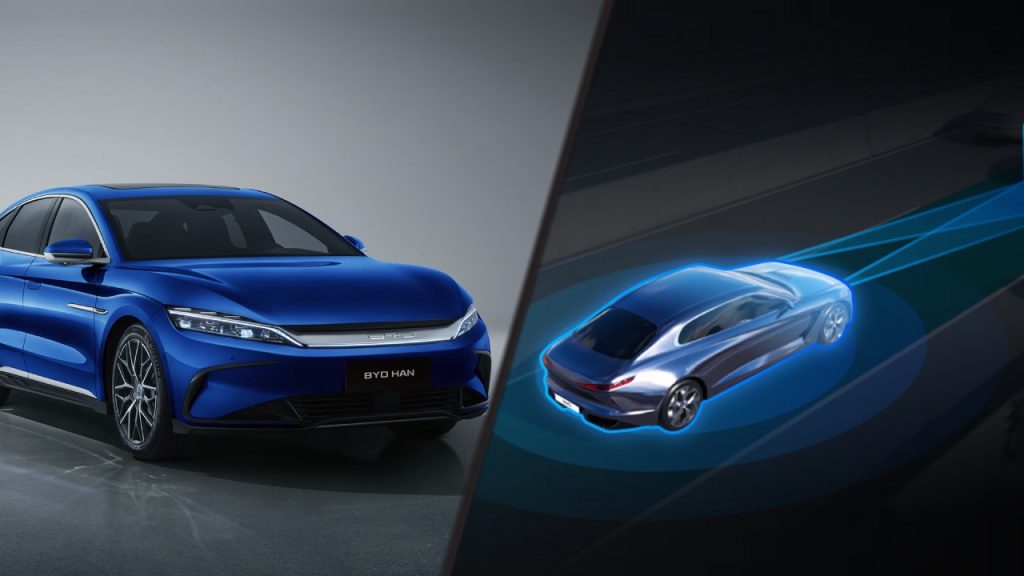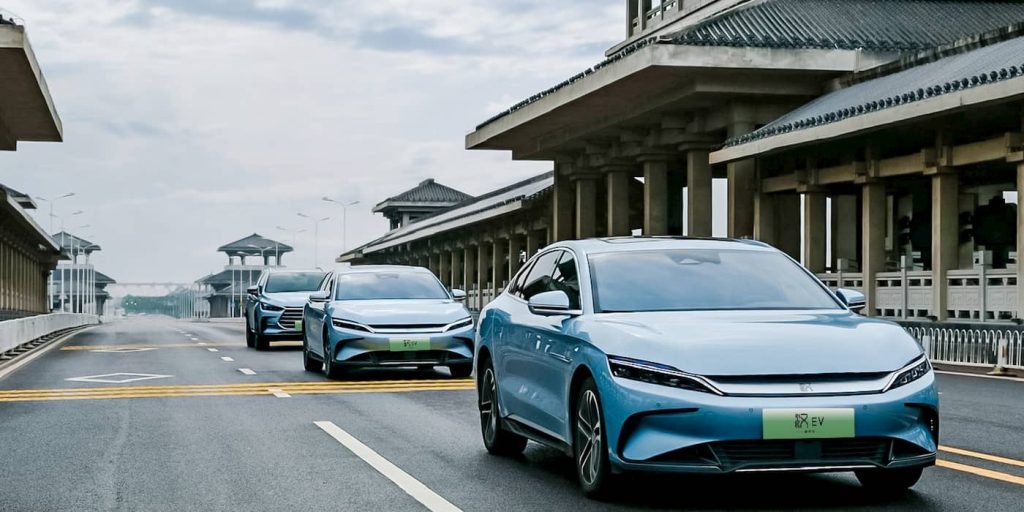BYD, the world’s largest electric vehicle manufacturer, is constantly expanding its product lineup. The company aims to reach more customers and increase profitability by focusing on various models. However, the company is not only increasing the number of models but also improving the smart features in their vehicles. In line with this strategy, BYD is set to launch its advanced autonomous driving system with the new “Han” as the first vehicle to feature it. Here are the details…
The DNP System and Its Integration in the BYD “Han” Model
The new driver assistance system, named DNP, is expected to be introduced in the Han series of vehicles in the third quarter of this year, followed by select Tang and Song models. The advanced autonomous driving solution will be built on the Horizon Journey 5 platform, equipped with 11V5R sensors.

The autonomous driver assistance system will support navigation-assisted driving on highways and expressways and may also upgrade some urban road driving assistance features. The new vehicle is expected to include features such as Magic Carpet suspension and reverse tracking. These enhancements aim to improve vehicle safety and efficiency, making driving more comfortable and convenient for users.
Higher-end models such as Tengshi, F-brand, and Yangwang have already planned or announced the integration of advanced intelligent driving features, including urban NOA. Over the past year, BYD has collaborated with numerous leading technology companies in areas such as computing platforms and software algorithms. BYD has confirmed that its Dynasty and Ocean series will adopt Nvidia’s Drive Orin computing platform to increase research and development in intelligent automation.

The Future of Autonomous Driving with Nvidia Drive Orin
The Nvidia Drive Orin SoC can provide power support for autonomous driving functions, confidence views, digital clusters, and AI-driven cockpits. With the Drive Orin product line, developers only need to build, expand, and leverage a single development investment across the entire fleet to upgrade from L2+ level systems to L5 level fully autonomous driving systems. This innovation marks a significant step forward for BYD and the automotive industry as a whole, as advanced driver assistance systems continue to improve vehicle safety and efficiency.
RELATED:
- Download Google Pixel 7a Wallpapers in 4K Resolution
- Volvo Unveils the EX30: A Small SUV Revolutionizing the Electric Vehicle Market
- BYD Hopes to Reclaim Market Share with Revamped Dolphin Champion Edition
- Apple Co-founder Criticizes Tesla: “AI Wants to Kill You!”
- BYD YangWang U8: The High-Performance, Floating SUV Caught in Transit
(source)




